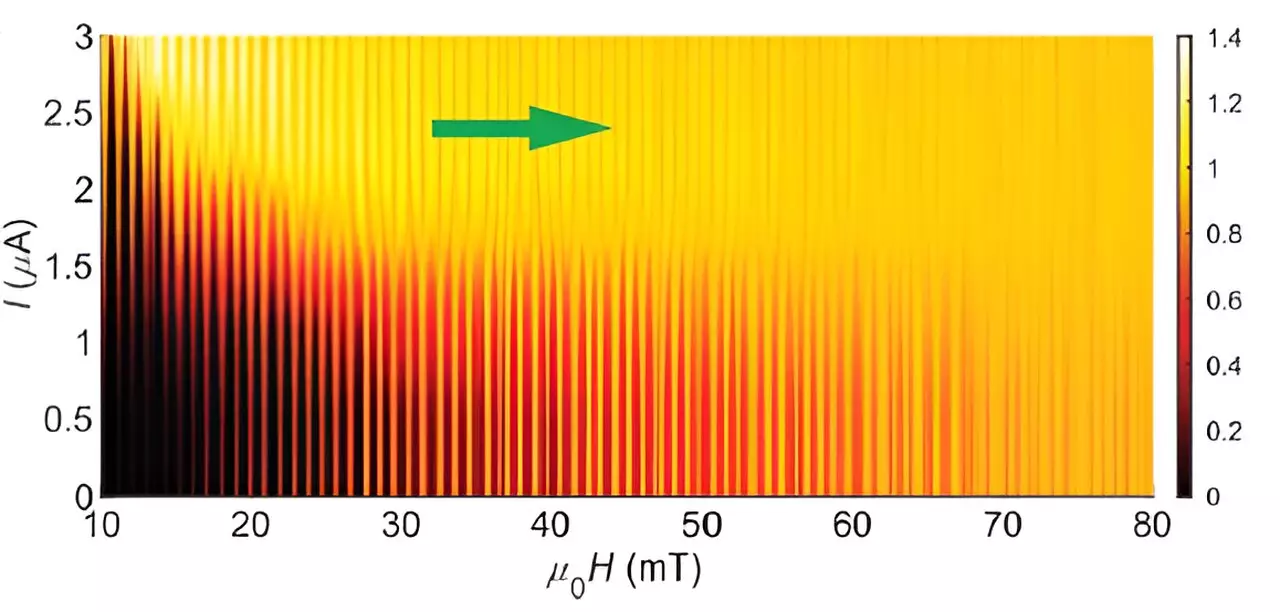Topological materials have emerged as a significant area of research in condensed matter physics due to their intriguing and unique properties. These materials exhibit behaviors that are not observed in conventional superconductors, arising from the fundamental nature of their electronic wavefunctions. In essence, the wavefunction of electrons in topological materials can exhibit a knotted or twisted configuration, which causes a distinctive relationship between the material and its environment. At the interfaces of these materials, a phenomenon occurs where the wavefunctions must ‘unravel,’ leading to a unique set of boundary conditions that set the stage for edge states—localized states that arise at the borders of the material.
These edge states are a critical feature of topological materials, as they behave differently compared to the bulk of the material. This deviation can lead to remarkable electrical properties, fundamentally altering how we understand and potentially utilize these materials in technology. When these topological materials are also superconductors, the behavior at the edges becomes even more fascinating. The edge states may retain superconducting properties while also showcasing distinct electrical characteristics compared to the main body of the material. This dichotomy resembles two bodies of water that coexist without mixing—each maintaining its identity while interacting at the boundary.
Recent studies, particularly in renowned journals like *Nature Physics,* have delved deeply into the behavior of edge currents in a specific topological superconductor known as molybdenum telluride (MoTe2). This research has unveiled significant insights, particularly regarding the stability and response of edge superconducting currents under varying external conditions. These edge currents represent a new frontier in our understanding of superconductivity—where quantum phenomena unfold in ways that could influence future technological advancements.
Molybdenum telluride, when transitioned into a superconducting state, displays oscillations in supercurrent when subjected to a magnetic field. This pronounced oscillation is more rapid at the edges compared to the bulk of the material, offering a unique signature that scientists can analyze. The implication of these findings is profound—the edge superconducting state does not merely replicate the behavior of the bulk superconducting state, but instead offers a richer, more complex behavior due to the interaction of electron pairing mechanism and the inherent topological properties of the material.
Central to the superconducting phenomenon is the interplay of paired electrons, commonly referred to as Cooper pairs. The stability and strength of these pairs are significantly influenced by what is colloquially referred to as ‘the glue’—the attractive force that holds the pairs together. Within MoTe2, studies have shown that the electron pairing can be enhanced by introducing a different material, such as niobium (Nb). The application of niobium serves to strengthen the ‘pair potential’ within MoTe2, creating an avenue through which researchers can enhance the performance of superconducting currents.
However, introducing niobium into the system is not without its challenges. The differing properties between the niobium and molybdenum telluride lead to a scenario in which the underlying wavefunctions of the edge electrons must accommodate both materials. This results in fluctuations observable in the supercurrent oscillations, as the edge electrons shift between the different pairing potentials. The noise level in these oscillations provides a direct indication of membrane compatibility between the two materials, imparting information about the quantum state of the edge electrons.
The implications of these findings are vast, especially as researchers look to leverage topological superconductors like molybdenum telluride for quantum computing applications. A particularly exciting aspect of topological superconductors is their potential to host anyons—exotic particles that can convey quantum information while inherently protecting it against errors. This characteristic offers a tantalizing glimpse into a future of robust quantum computing systems that can perform complex operations with enhanced error correction.
As the energy efficiency of electronic devices becomes increasingly critical, tapping into topological superconductor properties may pave the way for advanced energy-efficient electronics. Ultimately, further studies into the interplay of edge states and their behaviors under different conditions will not only clarify the mysteries of superconductivity but will also facilitate the practical application of these materials in next-generation technologies. The journey to understanding these complex systems continues, promising exciting developments in the field of condensed matter physics and its applications.


Leave a Reply